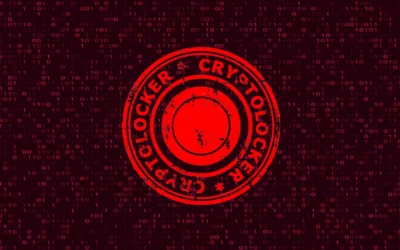The countries most advanced in the use of digital transactions are having second thoughts and going back to physical money. In the world we live in, totally eliminating them is too risky.
Money money money. Handling paper money is, for many, still one of life’s pleasures. In recent years, however, it has also been one of the most questioned pleasures. On a par with that for smoking, alcohol or food vices. One of those things that, while it causes us immediate gratification, holds several downsides, especially for the community. This is why the trend, which has already begun in truth for several years, of digital transactions has been gaining momentum. Cards, ATMs, Qr Codes, Apps of all kinds, as long as we do not physically put our hands on our wallets and are pleased to pay for a coffee with a credit card.
It is on this trend that a kind of worldwide competition has begun, among the most advanced Western countries, to be the first to completely eliminate physical currency from circulation.
Northern Europe
Among the countries in pole position in this ranking are undoubtedly the Scandinavian ones. According to a recent analysis by Finansplassen, a Norwegian financial information site, based on data from the World Bank and Eurostat, the podium ranks Norway and Sweden, which have the lowest amount of cash in circulation in the world as a percentage of GDP. In addition, the number of ATMs is among the lowest globally, and, in Norway, the population banking online exceeds 95 percent.
Finland and Denmark, as reported by Euronews, rank just behind by counting more ATMs than Norway and slightly fewer payment terminals, but roughly the same percentage of people using online banking.
A trend so strong that, according to reports in The Independent newspaper, it led Norway’s largest bank, DNB, in 2016 to call for a complete discontinuation of the use of cash. The reason was concern about the spread of illegal activities such as money laundering.
Around the same time, citizens began using Vipps MobilePay, launched in 2015, an electronic wallet that allows customers to send money as easily as texting. The app now has 11.5 million users in Norway, Finland and Denmark.
The other most Cashless European countries are Iceland, Estonia, Lithuania, Cyprus, and Switzerland.
Cashless out of Europe
Leading the ranks of cashless countries outside Europe are Hong Kong, which was the first country to introduce a digital payment method, Octopus, back in 1997 and in recent years is racing to become the world’s first totally cashless country. Australia, which experts say will be completely cashless by 2030; China, where scanning QR codes to make payments has long since been introduced.
A global process to which the pandemic has been a major contributor. In fact, according to the World Bank, it has gone from an average in 2017 of 91 cashless payments per person per year to about 135 in 2020.
The Scandinavians’ reverse gear
But something unexpected happened recently. Just Sweden and Norway, the 2 countries at the top of the rankings, have initiated a sharp reversal.
The reason? The growing fear of breaches and hacker attacks. So much so that the authorities themselves are encouraging citizens to use cash more for their transactions.
As reported by The Guardian, “fear of Russian hybrid attacks is becoming almost part of daily life in Sweden, cashless living is not turning out to be the utopia it perhaps once promised to be.”
The Swedish Ministry of Defense sent a pamphlet to citizens’ homes last November entitled, “If a crisis or war comes, advise people to use cash regularly and keep a minimum of a weekly stash in various denominations to strengthen preparedness.”
Same concerns and recommendations in Norway where, in 2024, legislation was introduced whereby retailers can be fined or sanctioned if they do not accept cash.
“The world around us is becoming increasingly problematic with wars, digital threats and climate change,” said Emilie Enger Mehl, Norwegian Minister of Justice and Emergencies. “We must be prepared for long-term power outages, system failures or digital attacks that lead to the failure of digital payment solutions.”
In short, what seemed until recently to be the future of exchanges and transactions now shows its weaknesses and forces a rethinking of the whole system.
Of course, despite fears, it will be difficult to halt a global process that has already been underway for years toward the lowest possible use of cash, but the recent decisions of the two Scandinavian countries show that totally eliminating paper money may be a utopian goal. And all those who have always maintained (and there are many in Italy) that it is impossible to do without physical money will be happy about this.
As usual, the truth may lie somewhere in between, and without precluding any path, we should get used to living with both systems, as indeed we already do.
What will have to grow, however, is awareness of the use of the digital system.
The lecture
If there is anything the Scandinavian shift can teach us, it is precisely the high risk we all take today even in making seemingly trivial transactions and the importance of awareness of every action we take online, especially when dealing with our money.
We also know that there is no perfect payment method, each has its pros and cons. What needs to be reinforced, however, in these times when attacks from the web come from all sides, is our digital knowledge and posture with respect to any kind of action taken online. Forbidden, in short, to take the matter lightly, even if it is only the payment for a coffee.
An achievable goal as long as one follows structured and sustained training courses that are always up-to-date with the latest crime news and include practical exercises.
What needs to be developed is an attitude of always being “on the ball,” honing the antennae in case of suspicious incidents.




